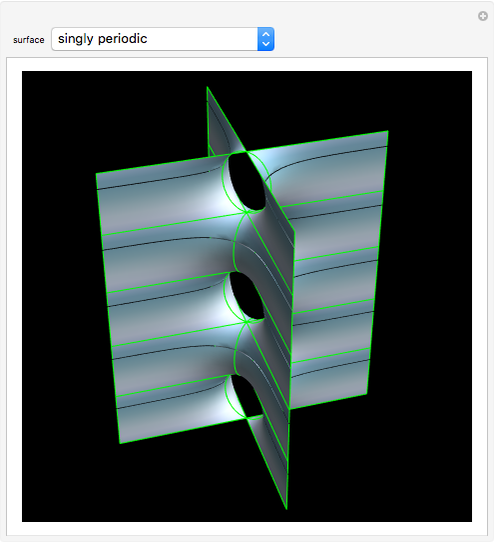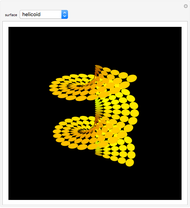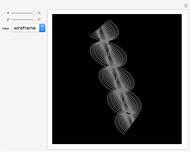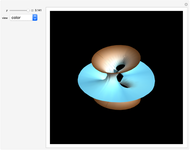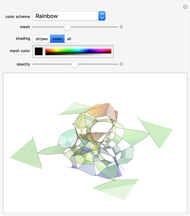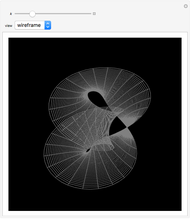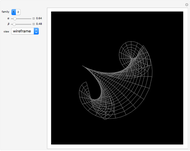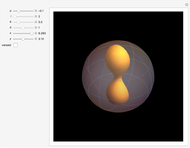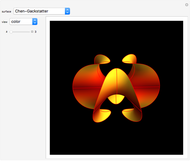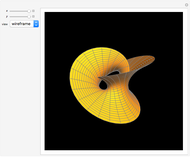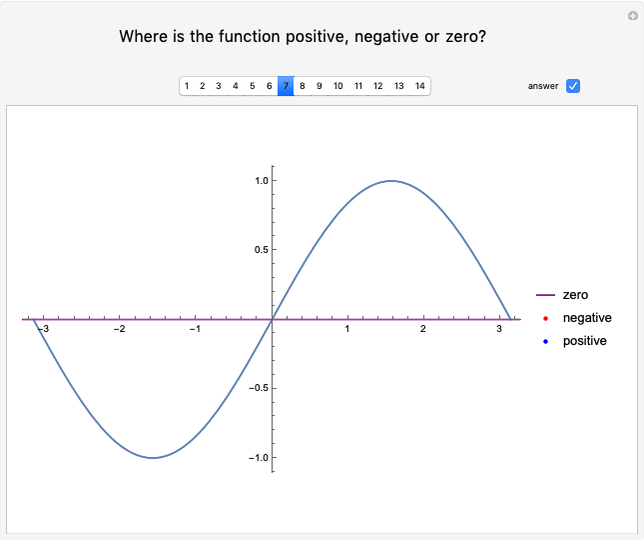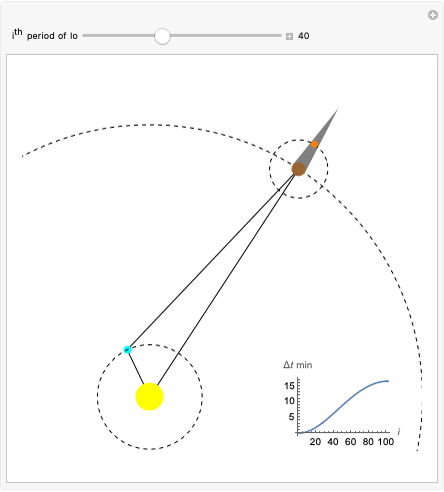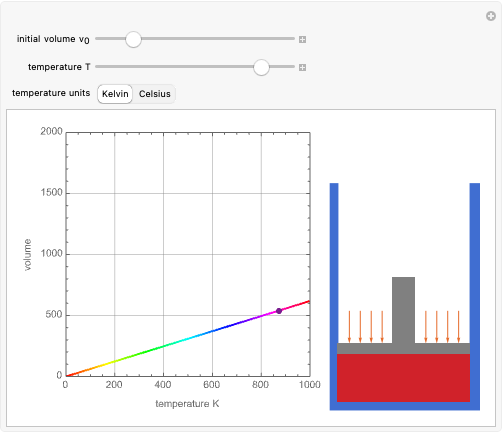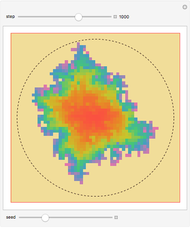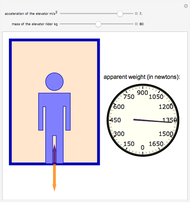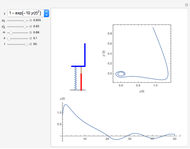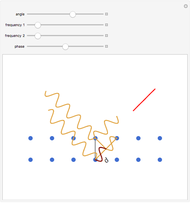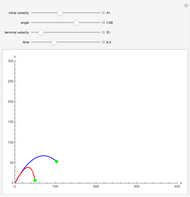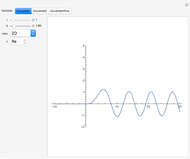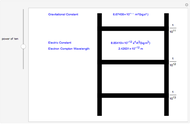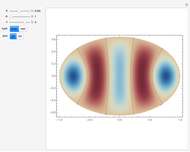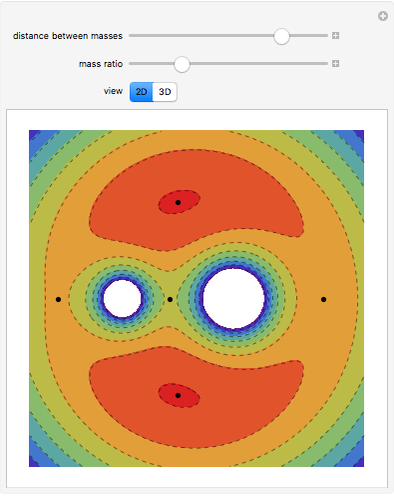Triply Periodic Minimal Surfaces

Requires a Wolfram Notebook System
Interact on desktop, mobile and cloud with the free Wolfram Player or other Wolfram Language products.
In 1865, H. A. Schwarz found two triply periodic minimal surfaces (P and D) [1] and his student Edwin Neovius found another one (N). Around 1970, Alan Schoen found the gyroid [2] and others; many other cases have been discovered [3, 4]. Such surfaces are relevant in biomaterials and the study of several compounds with cubic lattices [5, 6].
[more]
Contributed by: Enrique Zeleny (August 2013)
Open content licensed under CC BY-NC-SA
Snapshots
Details
References
[1] A. H. Schoen, Infinite Periodic Minimal Surfaces without Self-Intersections, NASA Technical Note TN D-5541, Washington, DC: National Aeronautics and Space Administration, 1970.
[2] E. Zeleny. "The Gyroid" from the Wolfram Demonstrations Project—A Wolfram Web Resource. demonstrations.wolfram.com/TheGyroid.
[3] The Scientific Graphics Project. "Minimal Surfaces." (Aug 7, 2013) archive.msri.org/about/sgp/jim/geom/minimal/index.html.
[4] K. Brakke. "Triply Periodic Minimal Surfaces." (Aug 7, 2013) www.susqu.edu/facstaff/b/brakke/evolver/examples/periodic/periodic.html.
Permanent Citation






